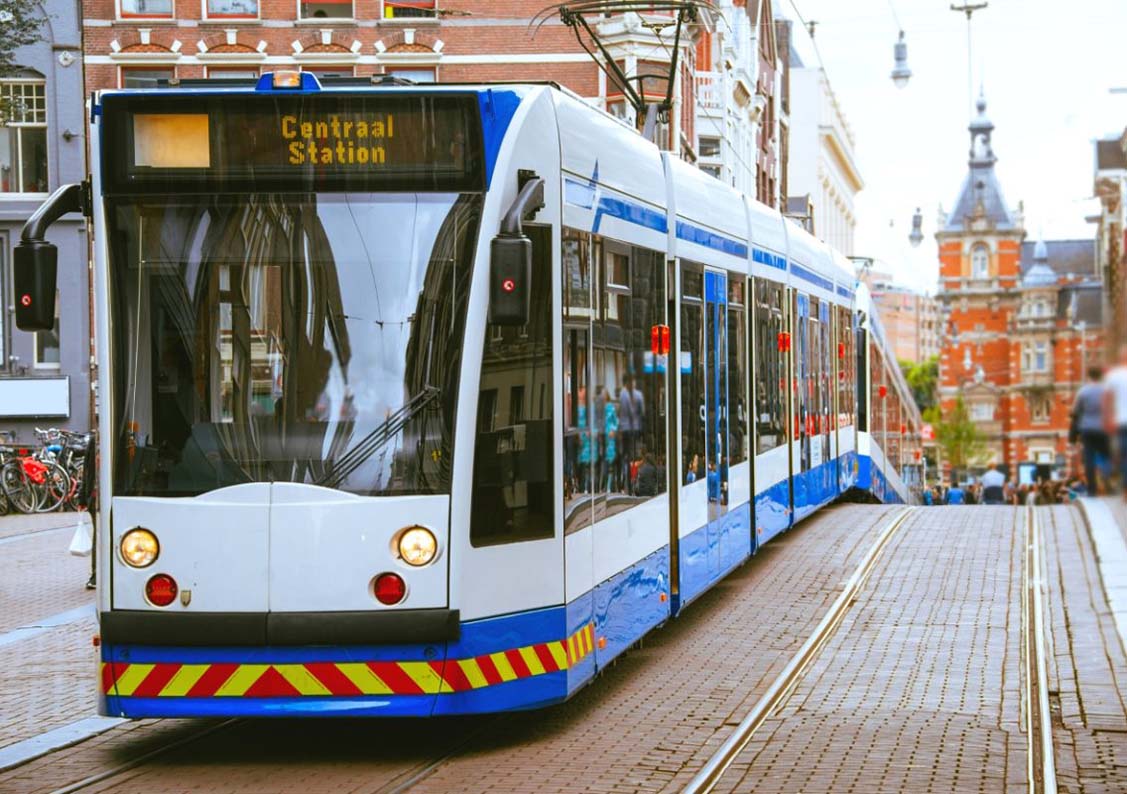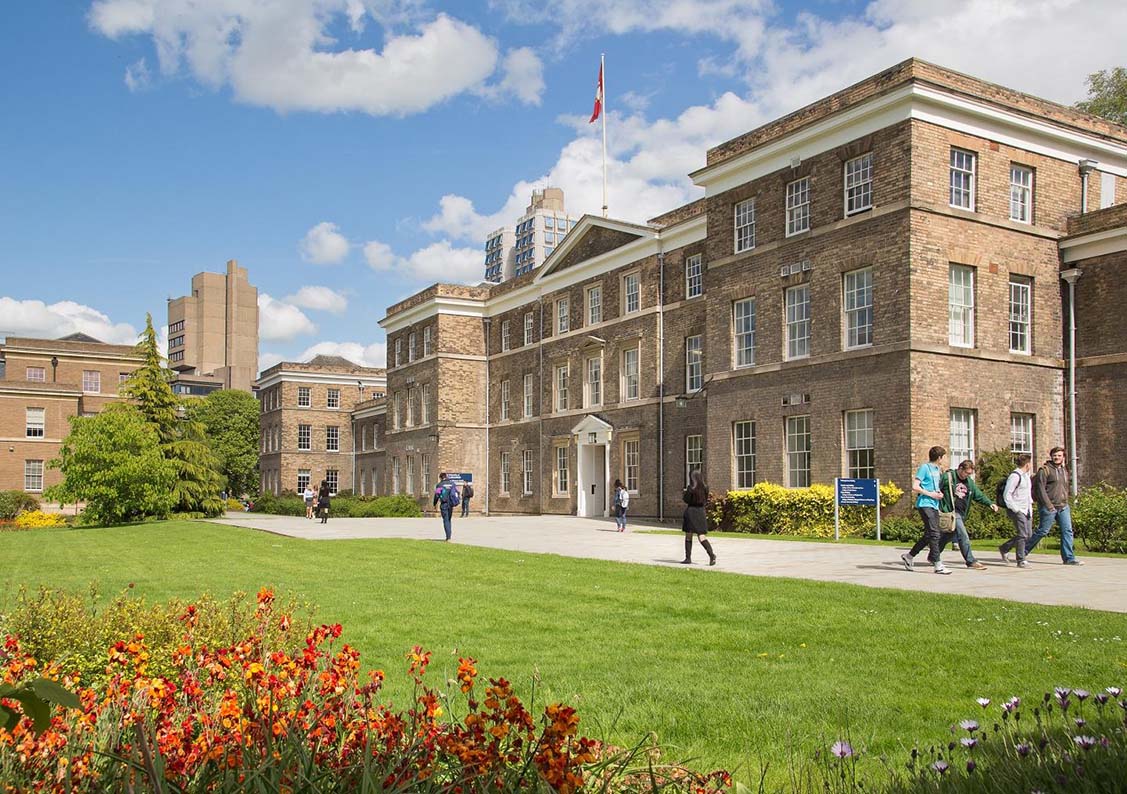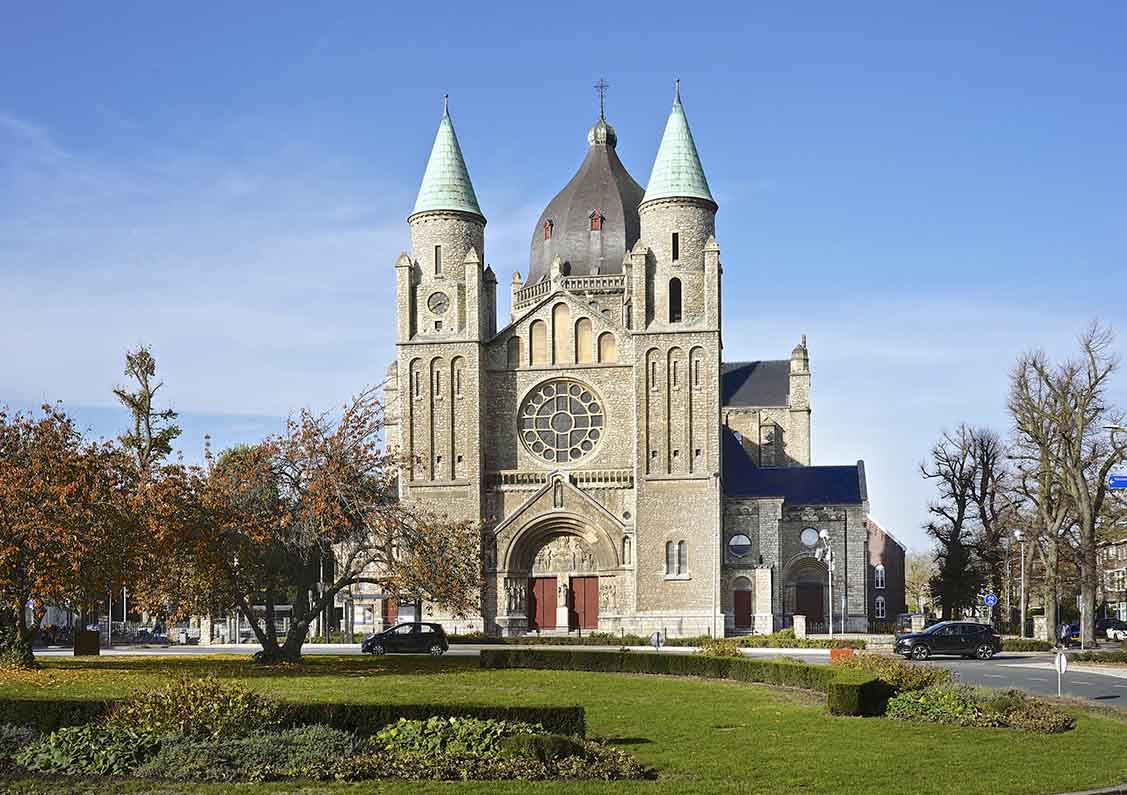Amsterdam is a city that beautifully blends historic charm with modern convenience, making it a delight for travelers. During my recent trip, I discovered the ins and outs of getting around the city using its extensive public transport system. In this guide, I’ll share my experiences, tips, and practical advice for navigating Amsterdam efficiently and effectively.
Amsterdam’s Public Transport System
Amsterdam’s public transport system is renowned for its efficiency and ease of use. It includes trams, buses, metro lines, and ferries, all operated by GVB (Gemeentelijk Vervoerbedrijf). The integrated system means you can easily transfer between different modes of transport using the same ticket.
The Public Transport Pass
To make the most of my time in Amsterdam, I decided to purchase a GVB transport pass. Available for 1, 2, or 3 days, the pass offers unlimited travel on trams, buses, and metro lines. I found this to be a cost-effective option since I planned to do quite a bit of sightseeing.
Purchasing the pass was a straightforward process. I bought mine at the airport upon arrival, where there was a GVB kiosk. The staff was helpful, providing clear instructions on how to use the pass. I opted for the 3-day pass, which allowed me to explore the city at my leisure without worrying about buying individual tickets.
Navigating the Tram System
One of the most iconic ways to travel around Amsterdam is by tram. The tram network is extensive, with lines connecting key attractions, neighborhoods, and train stations. I found it to be the most convenient way to hop from one place to another.
Catching the Tram
The trams are frequent, and schedules are reliable, so I never had to wait long. Each tram stop displays real-time information about the next tram arrivals, which I found incredibly useful. One of my favorite tram routes was Line 1, which took me from the Central Station to the Museumplein, where I could easily access the Rijksmuseum, Van Gogh Museum, and the iconic IAmsterdam sign.
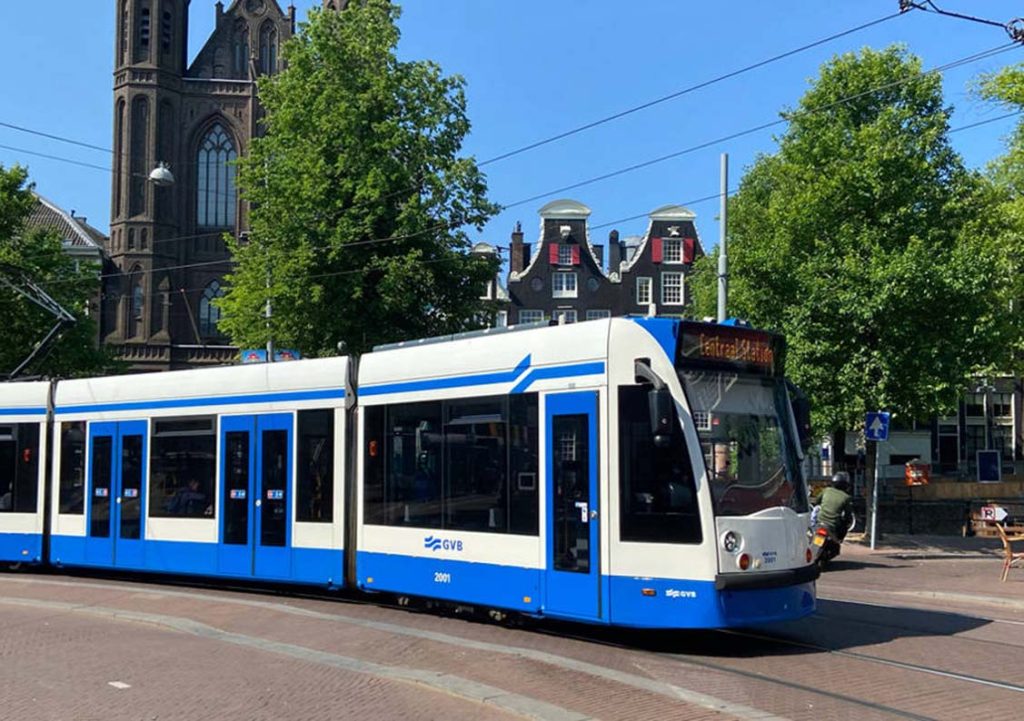
As I boarded the tram, I tapped my GVB pass on the card reader located near the doors. It was a simple process, and I appreciated how the trams were clean and well-maintained. The interior was spacious, with designated areas for bicycles, which is an integral part of Amsterdam’s transport culture.
A Scenic Ride
Riding the tram provided a unique perspective of the city. I loved sitting by the window and watching the picturesque canals, charming bridges, and historic buildings pass by. The trams are often bustling with locals and tourists alike, and I enjoyed eavesdropping on conversations in various languages as we traveled.
One memorable tram ride was when I took Line 2, known as the “Museum Line.” It offered an incredible view of the city’s highlights, including the picturesque canals and iconic architecture. I made a mental note to return to some of the neighborhoods I passed through, such as De Pijp, known for its vibrant atmosphere and the famous Albert Cuyp Market.
Exploring the Metro System
While trams are fantastic for city exploration, I also utilized the metro system for longer distances. The metro has four lines, and it connects to areas that are further away from the city center, such as Amsterdam Zuid and Bijlmer Arena.
A Quick Journey
One morning, I decided to visit the Amsterdamse Bos, a large park on the outskirts of the city. I took the metro from Centraal Station to Zuid, where I switched to a train heading towards Amstelveen. The entire journey was smooth and efficient, taking about 30 minutes.
The metro stations were well-signposted, making it easy to navigate even for a first-time visitor. I appreciated the spacious trains, which were comfortable and had plenty of seating. The only downside was that the metro can get crowded during peak hours, so it’s best to travel during off-peak times if possible.
Buses: An Alternative Option
Although I primarily relied on trams and the metro, I also used buses when necessary. Buses serve areas that may not be directly accessible by tram or metro. For instance, I took a bus to visit the A’DAM Lookout, a popular viewpoint located across the IJ River.
Using the Bus System
To catch the bus, I checked the GVB app, which provided real-time information on bus schedules and routes. The app was incredibly user-friendly and became my go-to resource for public transport information throughout my trip.

When the bus arrived, I boarded and tapped my GVB pass on the reader. The bus was clean and had ample space for passengers. I sat back and enjoyed the ride, taking in the views of the city as we crossed the IJ River via the bus ferry.
Ferries: Crossing the Water
Amsterdam is a city of canals, so it’s no surprise that ferries play a significant role in public transport. GVB operates free ferries that transport passengers across the IJ River, connecting the city center with Amsterdam North.
A Scenic Ferry Ride
One sunny afternoon, I decided to take advantage of the free ferry service to explore Amsterdam North. I boarded the ferry at the Central Station and enjoyed the gentle breeze as we glided across the water. The views of the Amsterdam skyline from the ferry were breathtaking, and I couldn’t resist snapping a few photos.
Once I arrived at Amsterdam North, I was greeted by a vibrant area filled with trendy cafes, art galleries, and the renowned Eye Filmmuseum. I spent the day exploring and enjoyed a delicious lunch at a waterfront cafe, savoring the fresh seafood while taking in the stunning views of the city across the river.
Tips for Using Public Transport
During my time in Amsterdam, I picked up several tips that made navigating the public transport system easier:
- Download the GVB App: The app provides real-time information on schedules, routes, and ticket purchases. It was my lifesaver throughout my trip.
- Plan Your Routes in Advance: While the public transport system is intuitive, having a rough idea of your route can save time. I often planned my journeys the night before.
- Travel Off-Peak: If possible, try to avoid peak hours (7-9 AM and 5-7 PM) when public transport can be crowded.
- Validate Your Ticket: Always remember to tap your GVB pass upon entering and exiting trams and buses. It’s crucial for ensuring you’re traveling legally.
- Use Bikes for Short Distances: Amsterdam is a bike-friendly city, and renting a bike for short distances can be a fun way to explore the neighborhoods. I enjoyed biking along the canals and through the parks during my stay.
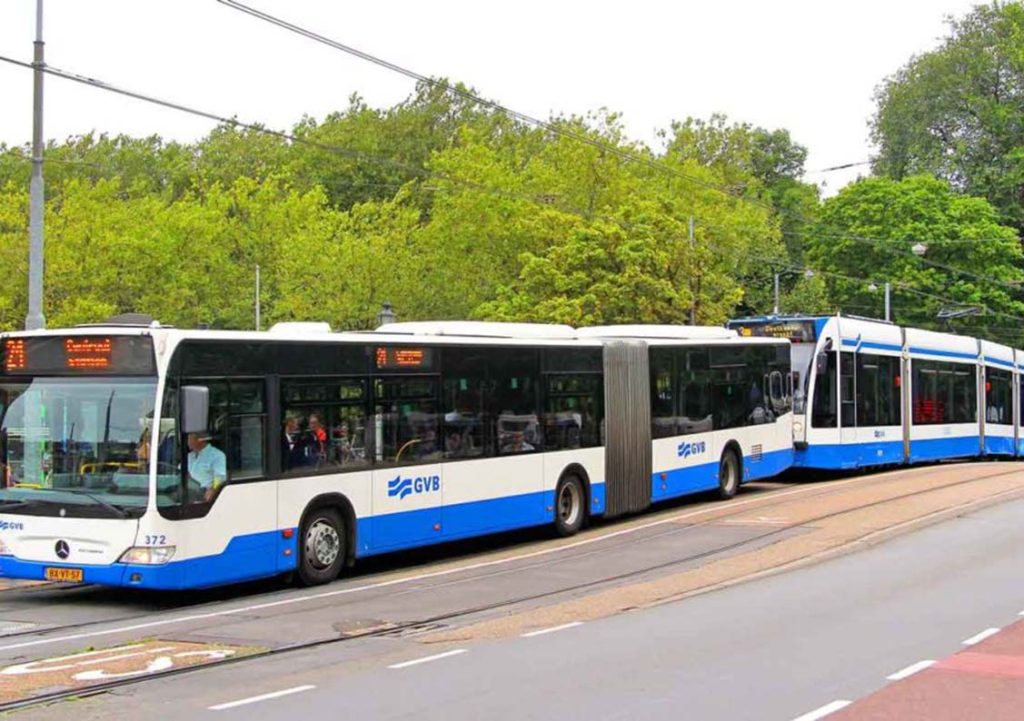
Getting around Amsterdam via public transport is not only convenient but also a wonderful way to experience the city. From the efficient tram system to the scenic ferry rides, each mode of transport offers a unique perspective on the city’s beauty.
My trip was filled with delightful experiences, and navigating the public transport system was an integral part of it. Whether you’re hopping on a tram to visit a museum or taking a ferry to explore a different neighborhood, Amsterdam’s public transport will enhance your travel experience.
